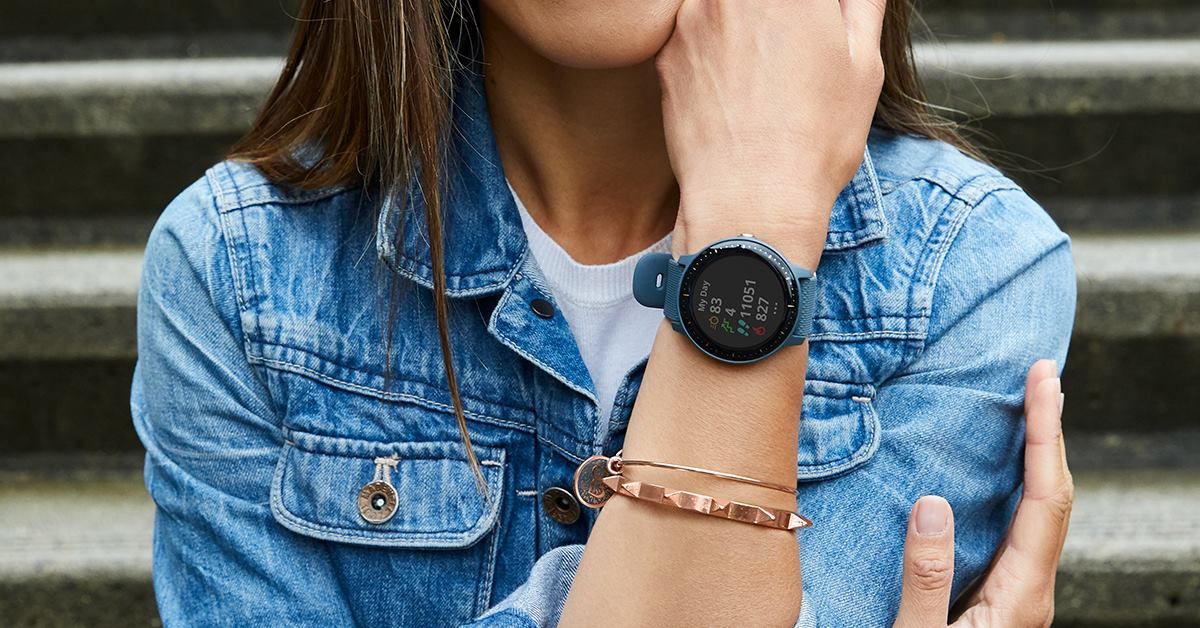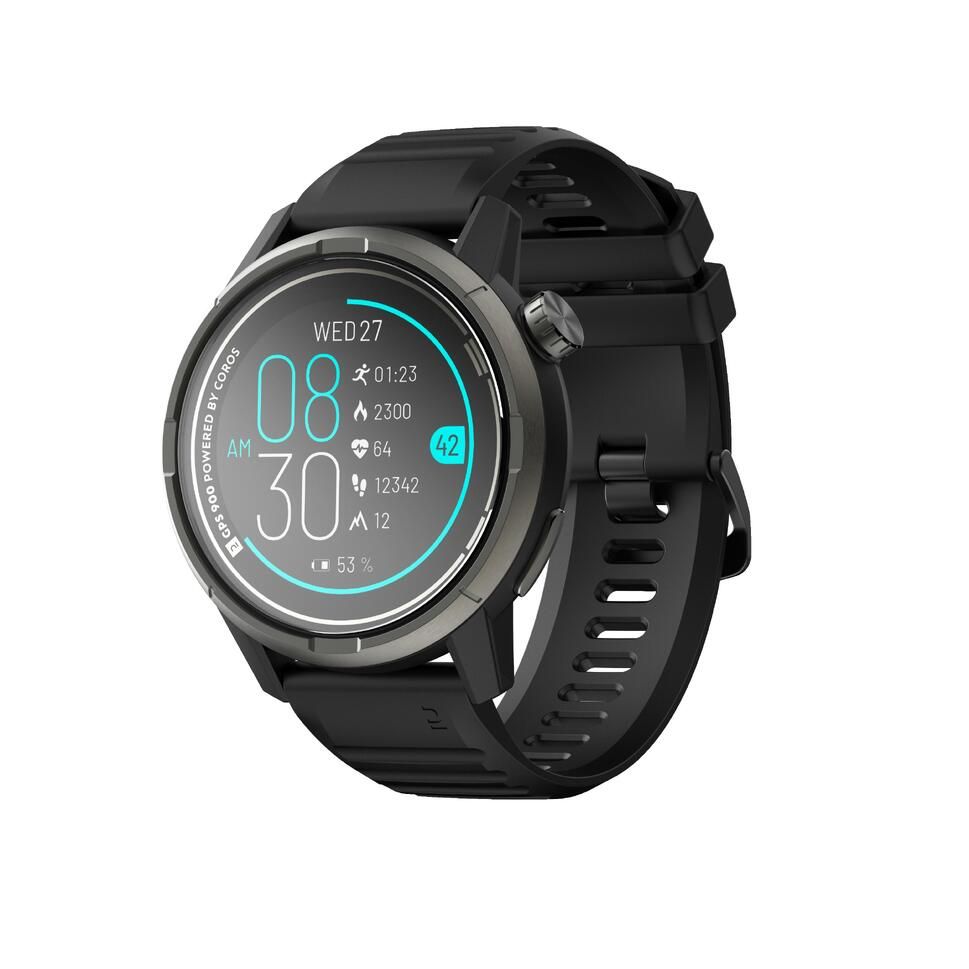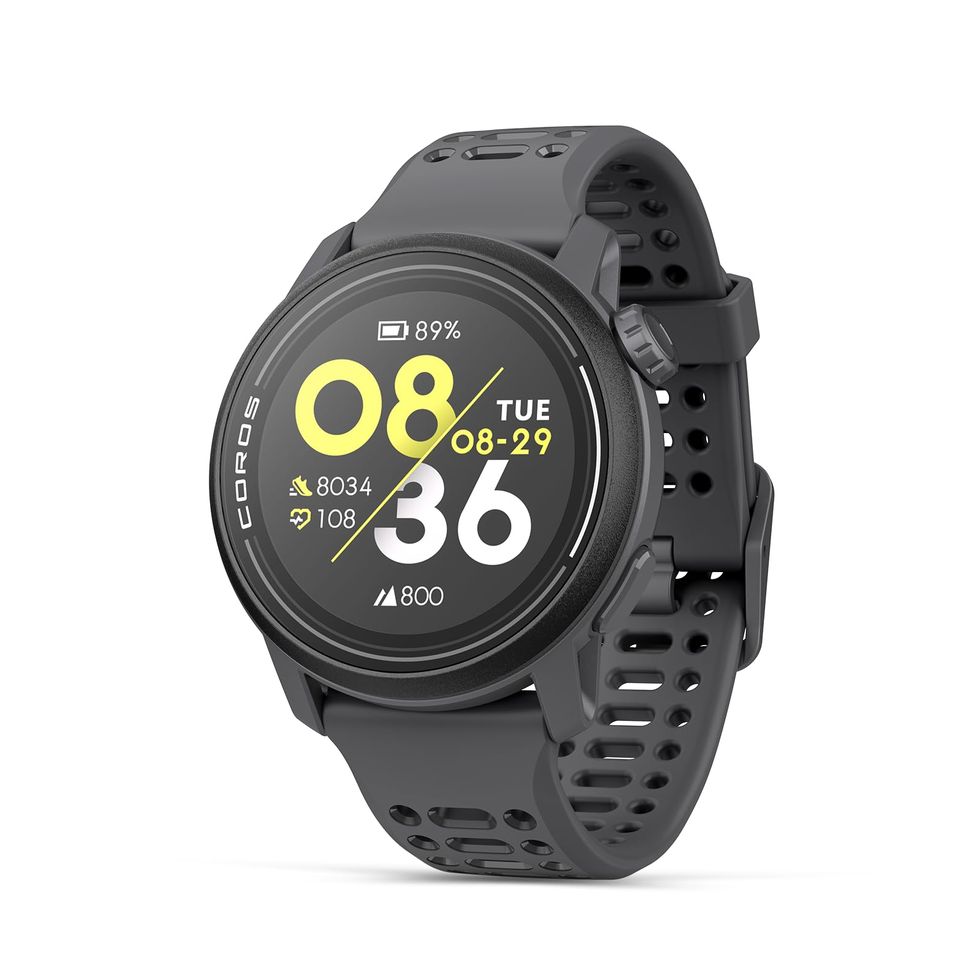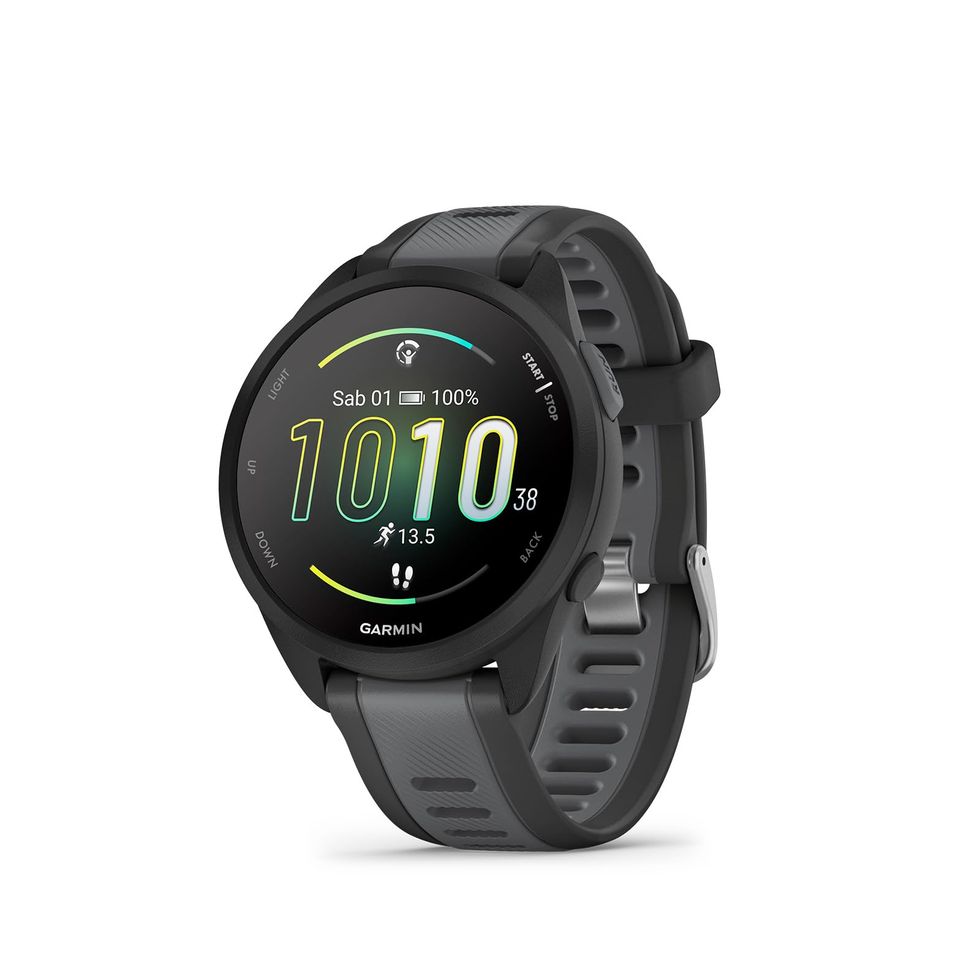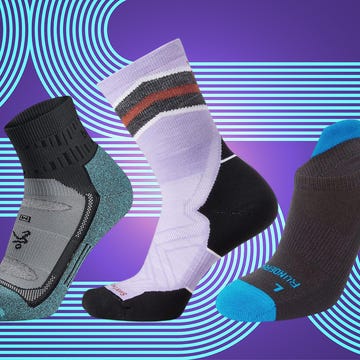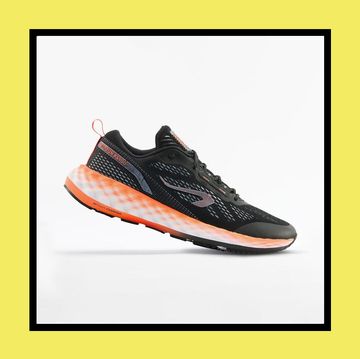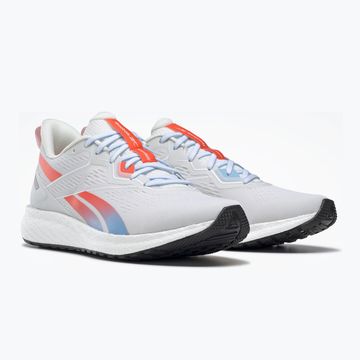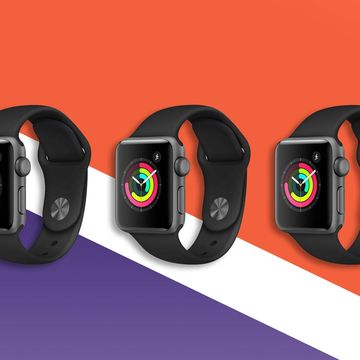Want more tried and tested recommendations from the RW editors? Sign up to our new weekly newsletter Kit Bag, coming soon. Click here to subscribe.
Making the leap up from smartphone tracking apps to a running watch for the first time? We've got you covered.
While the best GPS running watches on the market can help you to optimise every area of your training, including your recovery, not everyone wants or needs all the bells and whistles — or to pay the price for it.
For plenty of runners, accurate records of your pace, distance, time, heart rate and route are all you need to get the most out of your runs.
So, if the likes of contactless payment and solar charging aren't deal breakers for you, these are the best cheap running watches on the market that we've tested and would genuinely recommend. Keep scrolling to read more.
What to look for in a running watch
In today's economy, most of us don’t have hundreds of pounds to spend on a high-tech running watch and if you're not planning on using half of the feature available, there's not really any need to. That being said, you do need to be realistic about the amount and quality of tech that you can get for under £200.
Battery life: Most budget-friendly running watches will last between 20-35 hours in GPS mode. For most runners, this is more than enough to see you through a week’s worth of training. But if you’re looking to take on a slightly longer challenge or head off into the wilderness, it probably is worth paying extra for something more premium (or investing in a power bank to give it a quick charge).
Remember: If you plan on wearing your watch when you're not training, including getting smartphone notifications sent to your wrist, this will drain the battery further.
GPS: GPS accuracy on running watches has come on leaps and bounds in the past few years, with a lot of them boasting dual-frequency GPS. This is just a fancy way of saying the watch tracks your location more accurately, particularly in built-up urban environments. That being said, the GPS on cheaper running watches can still vary, which is why we've highlighted the products that really excel for their price tag below.
Features: Consider your priorities when it comes to run tracking and how nerdy about the data you want to get – the more you have to spend, the more features you’ll get.
The likes of the Forerunner 55 has access to Garmin Coach adaptive training plans, daily suggested workouts and handy pace guidance. The Kiprun GPS 900 also has recovery and activity insights, including running performance, VO2 Max estimates and training load.
That being said, 2023 YouGov data with mymonX found that half (54%) of Brits didn't actually understand all the metrics on their wearable device. So, if you don't think you're going to utilise all the health and fitness features, there's no harm in opting for a more basic model.
Things like offline music and contactless payments are usually reserved for more premium watches, as well as downloadable maps (the latter being an exception on the Coros Pace 2).
Design: One of the biggest things you're going to have to compromise on with a more budget-friendly running watch is the overall look. Cheaper running watches are generally more plastic looking, so if you're looking for something sleeker to wear 24/7, it might be worth shelling out for something more premium. Likewise, if you spend the majority of your time on trails, you might want something more robust and hardwearing.
Display: You get what you pay for when it comes to your watch's screen. AMOLED displays, for example, are renowned for their exceptional image quality, boasting more vidid colours and being easier to read in direct sunlight.
The best cheap running watches in 2024
Decathlon GPS 900 by Coros
The Coros-powered GPS 900 by Decathlon definitely punches above its price tag, delivering unrivalled bang-for-buck staying power: 35 hours in full GPS mode, or 80 hours in Ultramax low-power mode. That outlasts much pricier watches like the new Garmin Forerunner 965 and even the older Fenix 6 watches.
The Kiprun also features COROS’ EvoLab training tools with a strong suite of performance, recovery and activity insights, including running performance, VO2 Max estimates, training load, impact and fatigue feedback.
Navigation functions stretch to breadcrumb route following, off-route alerts and back-to-start guidance. There’s a barometric altimeter for altitude and elevation tracking, too. You also get smartphone notifications. However, you’re sacrificing bells and whistles like offline music and contactless payments that you only find on more expensive watches.
Garmin Forerunner 55
A great entry-level watch. The Forerunner 55 comes with built-in (and accurate) GPS, optical heart rate monitoring, 20 hours’ GPS run time on a single charge and a general usage battery life that’ll see most runners through at least a week’s training.
There are plenty of tools to cater for a wide range of running needs, with features geared towards the less experienced. This includes five running modes with track running and a virtual running mode for use with platforms like Zwift. There are also Garmin Coach adaptive training plans, daily suggested workouts based on your recovery, handy pace guidance for a selected course, cadence alerts to help with improvements in form and a recovery advisor for advice on managing your rest between training efforts.
Beyond the run, you also get fitness, stress and body battery energy level tracking. And if you’re training for a triathlon, there’s swim tracking too.
Coros Pace 2
When it comes to battery life, the Coros Pace 2 falls just short of the GPS 900, with a respectable 30 hours in GPS mode, extendable to 60 hours in low-power mode.
It features customisable sport profiles for road, trail and treadmill running, plus a track mode that lets you select your lane to improve the accuracy for those 16 x 400m intervals. During runs, a unique stamina tracker uses your heart rate to estimate how quickly you’re burning reserves. The percentage replenishes when you’re not running so you can see when you’re ready to go again.
The range of advanced running analytics also sets it apart at this price. On top of your regular real-time pace, distance and intensity stats, you get running power on the wrist, training effect, recovery-time recommendations and longer-term training load monitoring.
Smartwatch skills are limited to notifications – there’s no music or contactless payments – and although it’s light, it’s a bit plastic too. But, overall, the Pace 2’s suite of comprehensive training insights and an ever-improving app make it one of the best money-can-buy budget watches.
The Coros Pace 3 is also out now, for just a pinch over £200. Read our review or shop here.
Amazfit Active
While its smartwatch smarts are no rival for Apple, Google or Samsung’s alternatives, and its run tracking can’t match for Garmin, Polar or Coros, there’s a lot here for the price. This includes all your usual mid-run metrics plus post-plod readings for training effect, training load, VO2 Max estimates, and recovery time recommendations. Plus, there's blood oxygen levels and some navigation features too. You can import routes via your smartphone and follow breadcrumb navigation on the watch.
The Active is light, compact and easy to wear 24-7 and the 1.75-inch HD AMOLED touchscreen is good for this price, easy to read and nicely responsive. Despite using less premium materials, it avoids looking cheap and plastic.
Run tracking includes all-systems GPS and the usual heart rate monitoring. Though the GPS accuracy wasn’t great – consistently undertaking overall distances by more than the usual margins. The heart rate tracking was also hit and miss with lots of rogue heart rate spikes when you shift gears during interval sessions.
Battery life is strong. Our tester easily got 11 days usage with 7.5 hours GPS training time thrown in, while the average one-hour run with GPS tracking burned less than 8-10%.
There’s music controls for linked smartphones plus storage for phone-free playback with room for more than 30,000 songs. You can also make calls via Bluetooth and get all your app notifications.
When you consider what you’re paying, this is a competent run- and fitness-tracking smartwatch that packs plenty of value. Even if the partner app and software lack the finesse of some rivals.
Polar Pacer
The Polar Pacer is an entry-level run tracker designed for beginners or runners who want the basics at a more affordable price. It’s an older watch, launched back in 2022, but it’s still comparatively capable for under £200.
There’s a lot here that’s similar to the pricier Pacer Pro: the same basic lightweight design, the same 35-hour GPS battery life and the same 1.2-inch, non-touchscreen display. In testing, it lived up to the billed 35 hours GPS run time (up to 100 hours in power save mode) and lasted around 6 days of regular use.
Heart rate accuracy is at its best on steady, consistent effort runs but struggles up against a chest strap when you take on intervals. But that’s the same as plenty of other optical sensors.
There are handy tools to guide your training like Training Load Pro which helps you keep your longer term training balanced, FitSpark workout recommendations to suggest daily guided training sessions based on your recovery. Plus Fuelwise real-time fuelling support.
Extra options under £250
Coros Pace 3
If you're after impressive staying power, in-depth training features and accurate GPS, the Pace 3 is one of the best money-can-buy choices right now.
The latest model benefits from an improved heart rate reader with 5 LEDs and four light-detecting photosensors, which act a bit like cameras. There’s also a bigger and better battery life – 24 days daily use and 38 hours continuous GPS (compared with 20 days use and 30 hours GPS in the Pace 2). It's got also got dual-frequency GPS which stays impressively stable, even in high-rise urban environments.
There's new mapping features, including a route planner where you can either build your own custom route or search for a destination and sync it to the watch within the Coros app, plus turn-by-turn navigation.
The Pace’s range of advanced running analytics is impressive. On the latest model you can view Running Performance, Training Load, scores and pace ranges for Aerobic Endurance, Aerobic Power, Threshold, Anaerobic Endurance and Anaerobic Power, cadence, stride length, elevation and more within the Coros app. Plus, the Pace 3 comes with training plans and workouts if you're not following a plan already.
Sure, it is a bit plasticky, so if you're looking for a slightly more premium, all-day smartwatch, that could be a dealbreaker. But for everyone else – particularly those looking for a reliable running watch to use for their workouts – it's an excellent watch at a hard-to-beat price.
Garmin Forerunner 165
If a bright, crisp display is top of your priority list, the Garmin Forerunner 165 is here for you.
At just a pinch under £250, it's the latest edition in Garmin's line-up and drops between the entry-level Forerunner 55 (above) and pricier Forerunner 265.
Behind the impressive, snappy, responsive display, the Forerunner 165 serves up a pretty comprehensive array of Garmin’s regular run-tracking tools, with plenty to cater for training and racing. In fact, it offers the majority of core features you’ll find on the Forerunner 265 – including Suggested Workouts, adaptive Garmin Coach training plans tied to a target race and all the usual race time predictions, race pace tools and fitness benchmarking like VO2 Max estimates.
There are a handful of key omissions, though. There’s no accuracy-boosting dual band GPS (like on the Coros Pace 3) and triathlon sports mode is missing. You’ll also have to forego some of Garmin’s training insights: training status, training load and training readiness readouts are all left out.
Even with those features taken out, when it comes to run-tracking the Forerunner 165 is more than a serious rival for pricier watches on performance and accuracy. The optical heart rate performance was relatively reliable, too.
You will pay for that punchy screen, though. The battery comes in at 19-hours of GPS runtime – that’s shorter than the Forerunner 55 (20 hrs), Forerunner 265 (20 hrs) and the Forerunner 255 (26 hrs). We got between 5-8 days general training usage, with around 5-6 hours GPS run time.

A 53-time marathon finisher, 14-time ultramarathoner (including a top 100 position in the Marathon des Sables) and cofounder of The Run Testers, a YouTube running gear reviews channel, Kieran has been testing the latest running gear for more than a decade. A sub-3 marathon runner, you'll find him covering everything from virtual reality and smart scales to the latest health trackers. Kieran is also passionate about using the latest technology to hack his health in search of marginal gains and you'll always find him with a running watch on either wrist.
